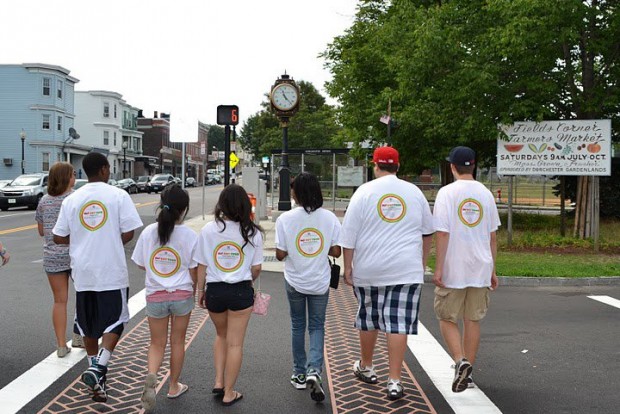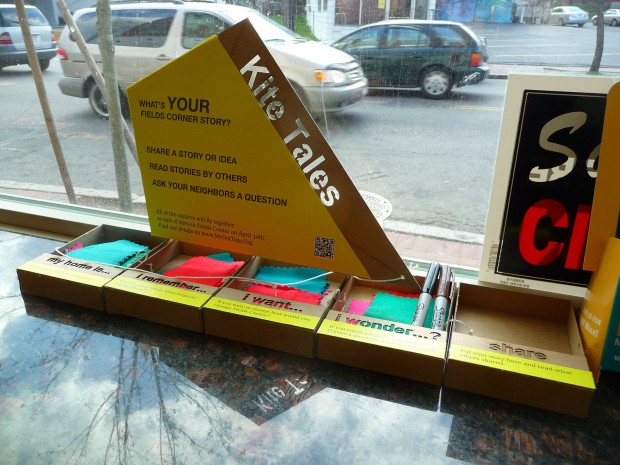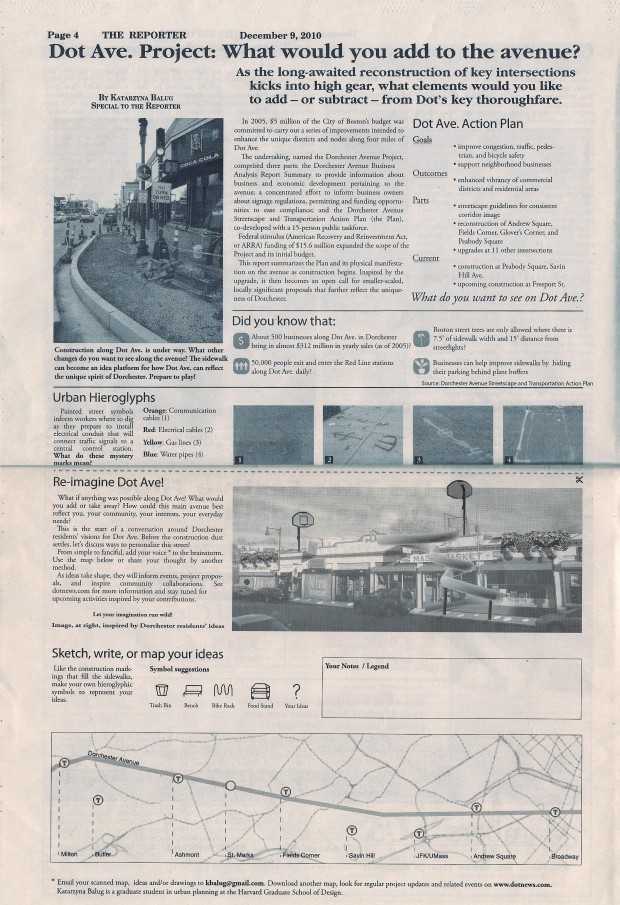Networked Urbanism
design thinking initiatives for a better urban life
apps awareness bahrain bike climate culture Death design digital donations economy education energy extreme Extreme climate funerals georeference GSD Harvard interaction Krystelle mapping market middle east mobility Network networkedurbanism nurra nurraempathy placemaking Public public space resources Responsivedesign social social market Space time time management ucjc visitor void waste water Ziyi
As part of the “Networked Urbanism” studio, I developed a relationship with a community in Dorchester that would drive my thesis research and a locally-initiated creative project after graduation. Dorchester is a large, historic, and often stigmatized neighborhood in Boston that exhibits diverse elements of urban living. In addition to generations of Irish- and Polish-Americans, it is home to large Vietnamese, Cape Verdean and Central- and African-American populations. Visually, it lacks the New England orderliness prevalent in Boston, and feels more like a chaotic, contemporary global city. My project sought to connect the diverse residents of this neighborhood with ongoing city planning efforts, and amplify their sense of agency over their physical surroundings.
The implications of a $15-million city planning initiative to improve infrastructure along Dorchester’s main corridor, Dorchester Ave., piqued my interest. Was it paving the way for a developer’s dream of gentrification, or could it genuinely improve the quality of life for residents in the contested neighborhoods traversed by the avenue?
Through my “Networked Urbanism” studio project Dot Future, I sought to first clarify the initiative’s intentions to the public, then generate discussion among a diverse cross-section of the population about how to maximize socio-economic benefits from this City-designed infrastructure plan. This would finally inform a series of interventions along the avenue that would operate as a fragmented monument to the past, present, and future of Dorchester. The effort hoped to enhance the sense of community agency over the area’s future.
I first studied the proposed changes and community responses to the initiative, and formed a community-based understanding of issues unaddressed by the City’s plan. I found that this area was comprised of many smaller communities who actively promoted their interests, but lacked engagement with politics and with each other across subtle, but firm, community boundaries. Social leaders seldom collaborated with business owners, who in turn remained largely outside of the planning process. Significantly, the concerns of both businesses and residents were perceived as unrelated to the City’s commitment to improve infrastructure, so interest in the initiative was minimal.
Becoming embedded in the community, and gaining enough legitimacy to enable collaboration began awkwardly. I had hoped to learn about the neighborhood by working with youth but time and again, organizations were pleasant but uninterested in collaborating with a student on a yet-to-be-defined project. Pressed by semester deadlines, I approached the Dorchester Reporter, a popular local newspaper, with a proposal for a piece. It would describe the planning initiative in plain language and provide updated information about current and upcoming construction. It would include a collaged image of residents’ ideas for Dorchester Ave. that took advantage of the improved infrastructure, and invite readers to send in theirs.
Once the Reporter supported my effort, heads began to shake in a new way. A Main Street organization invited me to lead a community workshop that explored local issues and ways to address them. The Main Street initiative helps local businesses and is intimately tied with the City, representing both public and private interests.
From there I met others who would become significant partners, so that as the semester finished, I was finally in a place to begin work on a project meaningful to this diverse set of communities and my academic inquiry. My effort continued through thesis research, which focused on place-based (as opposed to socially constructed) collective identity – something I found to be missing and necessary in addressing issues shared across geographic, rather than socially-constructed communities. Then, it became My Dot Tour, a multimedia walking tour of Fields Corner, an area along Dorchester Ave. The tour was led by local youth and featured their commentary on the past, present and future of Fields Corner: my monument came to fruition at last. It was developed with several partner organizations and MIT’s Center for Civic Media.
The “Networked Urbanism” Studio allowed me to bridge the theoretical understanding acquired at the GSD with the complex, multilayered nature of urban experience. My goal in Dorchester was to connect spatial experience in an urban environment with social, economic and public interests, and to employ creative, critical expression as a part of agency-building in everyday life. To this day, I continue to work with communities in Dorchester, now as “an artist with a planning degree.”
My Dot Tour in Facebook
My Dot Tour in Timenesia.org



